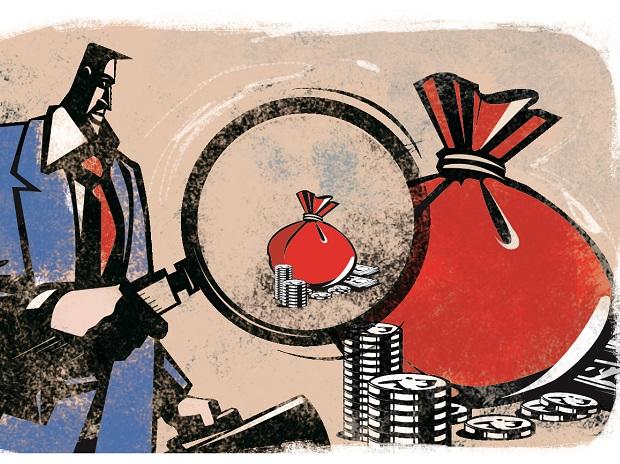WHAT IS PUBLIC DEBT

Public Debt
Public debt is the total amount, including total liabilities, borrowed by the government to meet its development budget. It has to be paid from the Consolidated Fund of India. The term is also used to refer to overall liabilities of central and state governments, but the Union government clearly distinguishes its debt liabilities from the states’.
The central government broadly classifies its liabilities into two categories — debt contracted against the Consolidated Fund of India, and public account.
Over the years, the Union government has followed a considered strategy to reduce its dependence on foreign loans in its overall loan mix. Internal debt constitutes over 93 per cent of the overall public debt. Internal loans that make up for the bulk of public debt are further divided into two broad categories – marketable and non-marketable debt.
The sources of public debt are dated government securities (G-Secs), treasury bills, external assistance, and short-term borrowings.
According to the Reserve Bank of India Act, 1934, the RBI is both the banker and public debt manager for the government. The RBI handles all the money, remittances, foreign exchange and banking transactions. The Union government also deposits its cash balance with the RBI.
The Union government’s liabilities account for a little over 46 per cent of India’s gross domestic product (GDP). However, if the public debt is calculated as general government liabilities, which also includes the liabilities of states, this goes up to 68 per cent of the country’s GDP.
RELATED BUDGET TERMS
PUBLIC DEBT NEWS
-
 IMF calls for 'more ambitious' fiscal consolidation by India, cites risks
IMF calls for 'more ambitious' fiscal consolidation by India, cites risks
But govt asserts public debt is sustainable| December 23, 2022, Friday -
 Govt looks to expand debt management cell as PDMA remains in backburner
Govt looks to expand debt management cell as PDMA remains in backburner
A top govt official told Business Standard that internally, the plan for PDMA is unlikely to be revived| May 04, 2022, Wednesday -
 Punjab CM Mann orders probe on why public debt swelled to Rs 3 trn
Punjab CM Mann orders probe on why public debt swelled to Rs 3 trn
Twenty per cent of the annual budget is being spent only to pay the interest on the loans| April 18, 2022, Monday -
 Gujarat's public debt crosses Rs 3 trn; amount within norms, says state FM
Gujarat's public debt crosses Rs 3 trn; amount within norms, says state FM
In a written reply to a sub-question about interest paid on loans taken in the last two years, Desai said the state had paid Rs ...| March 15, 2022, Tuesday -
 Does Japan vindicate Modern Monetary Theory?
Does Japan vindicate Modern Monetary Theory?
A blanket endorsement of MMT and its policy implications is the last thing Japan needs| December 31, 2021, Friday -
 RBI warns against combination of high public debt, low interest rates
RBI warns against combination of high public debt, low interest rates
The Reserve Bank of India (RBI) has said that the combination would pose challenges.| July 02, 2021, Friday -
 Elevated public debt in fiscal year 2021 matter of concern: Report
Elevated public debt in fiscal year 2021 matter of concern: Report
The fiscal position of the country has worsened due to the pandemic| April 15, 2021, Thursday -
 India's public finances and private sector at taper tantrum risk
India's public finances and private sector at taper tantrum risk
India is the third most indebted country among major emerging markets, behind Argentina and Brazil.| March 22, 2021, Monday -
 ArcelorMittal lists India's high public debt as risk factor for investments
ArcelorMittal lists India's high public debt as risk factor for investments
India's public debt at 89.3% of GDP is one of the highest among EMs| March 15, 2021, Monday -
 UP's public debt to rise Rs 6.11 trn in FY22, driven by Covid-19 impact
UP's public debt to rise Rs 6.11 trn in FY22, driven by Covid-19 impact
Topping the debt is market borrowings of more than Rs 4.18 trillion by the state government and its agencies.| March 14, 2021, Sunday






